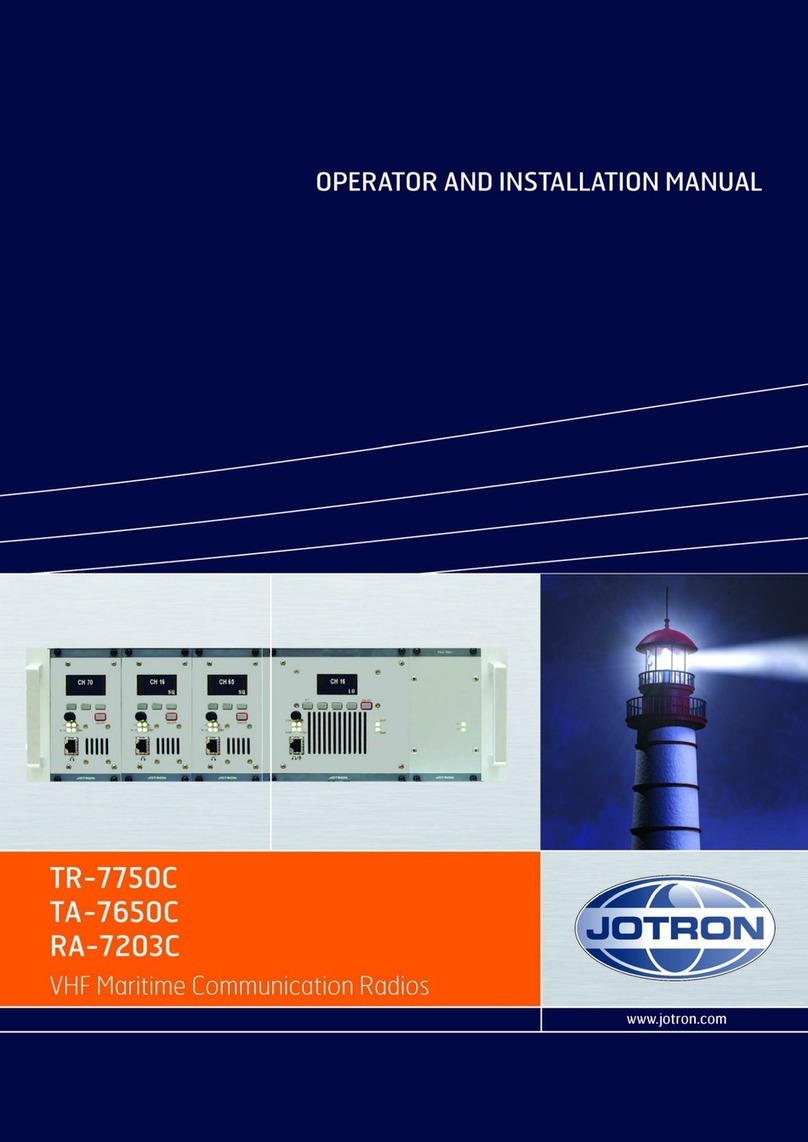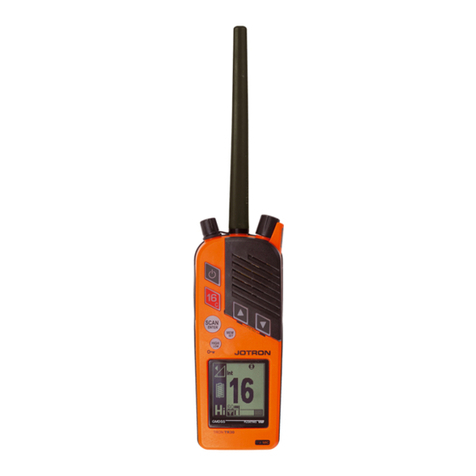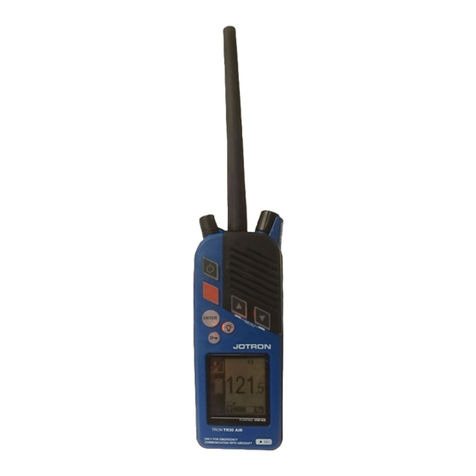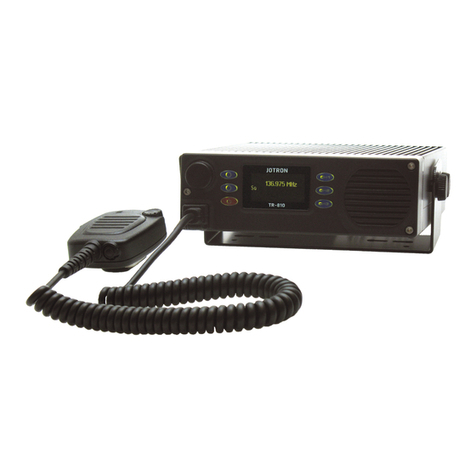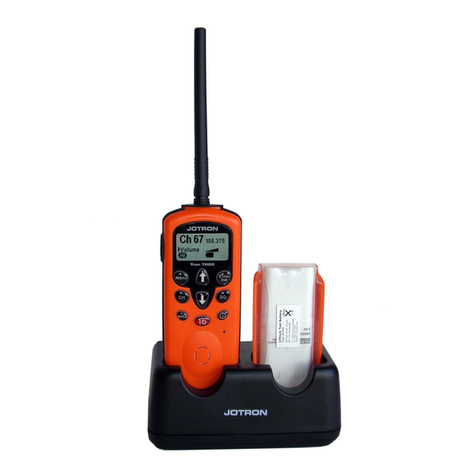TABLE OF CONTENTS
General Information
and procedures.....................3–8
1 Tron TR20 General..................9
1.1 Introduction .............................9
1.2 Features....................................9
1.3 Licensing ...............................10
1.4 Getting started .......................10
2 Operation ...............................11
2.1 Controls .................................11
2.2 Auxiliary connector...............12
2.3 Antenna..................................12
2.4 Basic operation......................12
2.5 Practical use,
VHF transmission range........14
3 Battery ...................................15
3.1 Battery removal
and replacement.....................15
3.2 Primary battery......................16
3.2.1 Description.............................16
3.2.2 When to change battery.........16
3.2.3 Special care............................16
3.3 Secondary Battery
and Charger............................17
3.3.1 Using the NiMH battery........17
3.3.2 Charging the battery..............18
3.4 Notes on charging..................19
4 Configuring the Tron TR20...21
4.1 Standard screen......................21
4.2 Function keys.........................22
4.3 Main menu.............................24
4.3.1 Contrast..................................24
4.3.2 Single / DW / TW..................25
4.3.3 Personal Channels
(TR20 PLUS only).....................................28
4.3.4 Scanning (TR20 PLUS only)..........28
4.3.5 Backlight................................29
4.3.6 Key tone.................................29
4.3.7 Info.........................................30
4.3.8 Battery ...................................30
4.3.9 Select international, US or
canadian channel sets (TR20 PLUS only)
5 Menu Flowchart.....................31
6 Maintenance...........................32
6.1 How to take care of your
Tron TR20..............................32
6.2 Regular test procedure...........32
6.3 Cleaning of dirt and oil .........32
7 Troubleshooting.....................33
7.1 Service and Warranty ............33
7.2 Guide to troubleshooting.......34
8 Specifications ........................35
9 Spare parts and Accessories ..36
10 Maritime VHF Channels .......37
Marine Agent list ..................39

